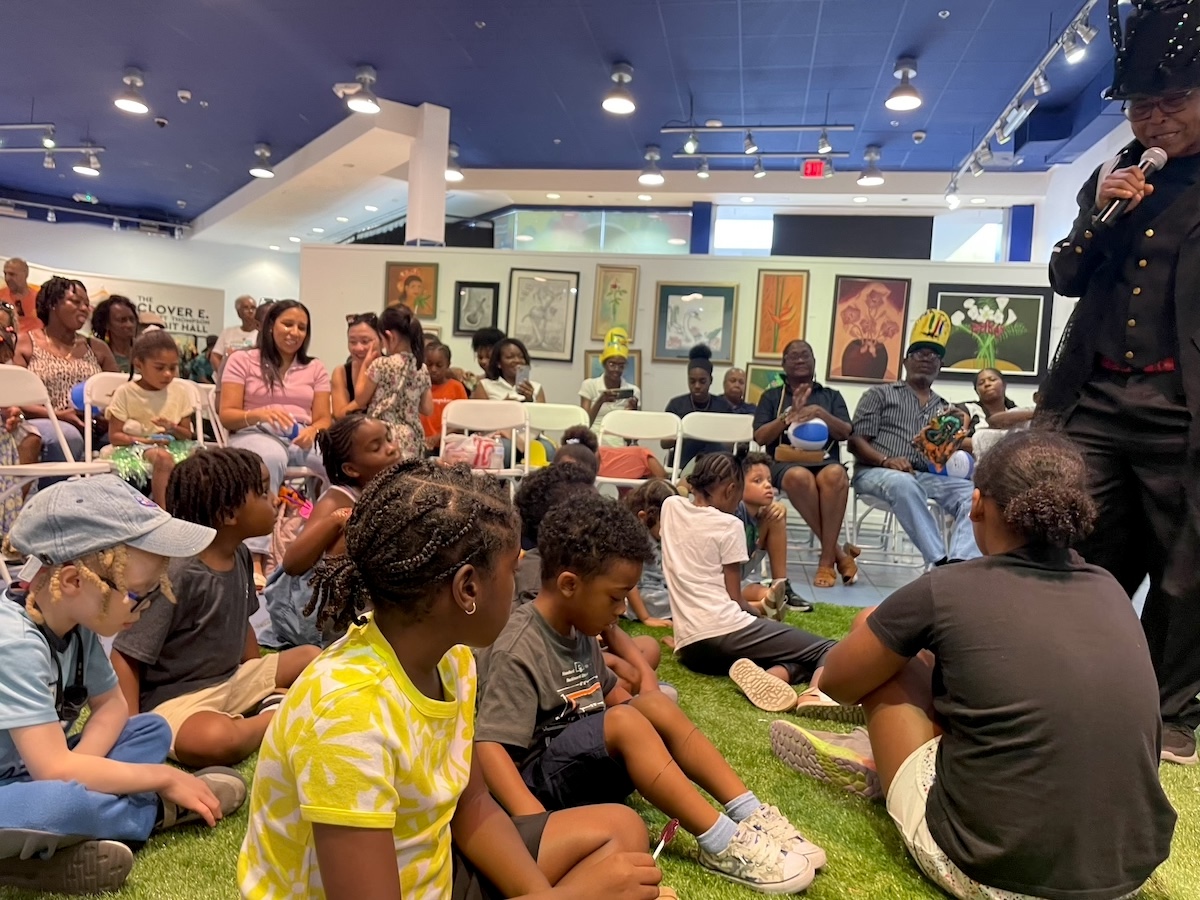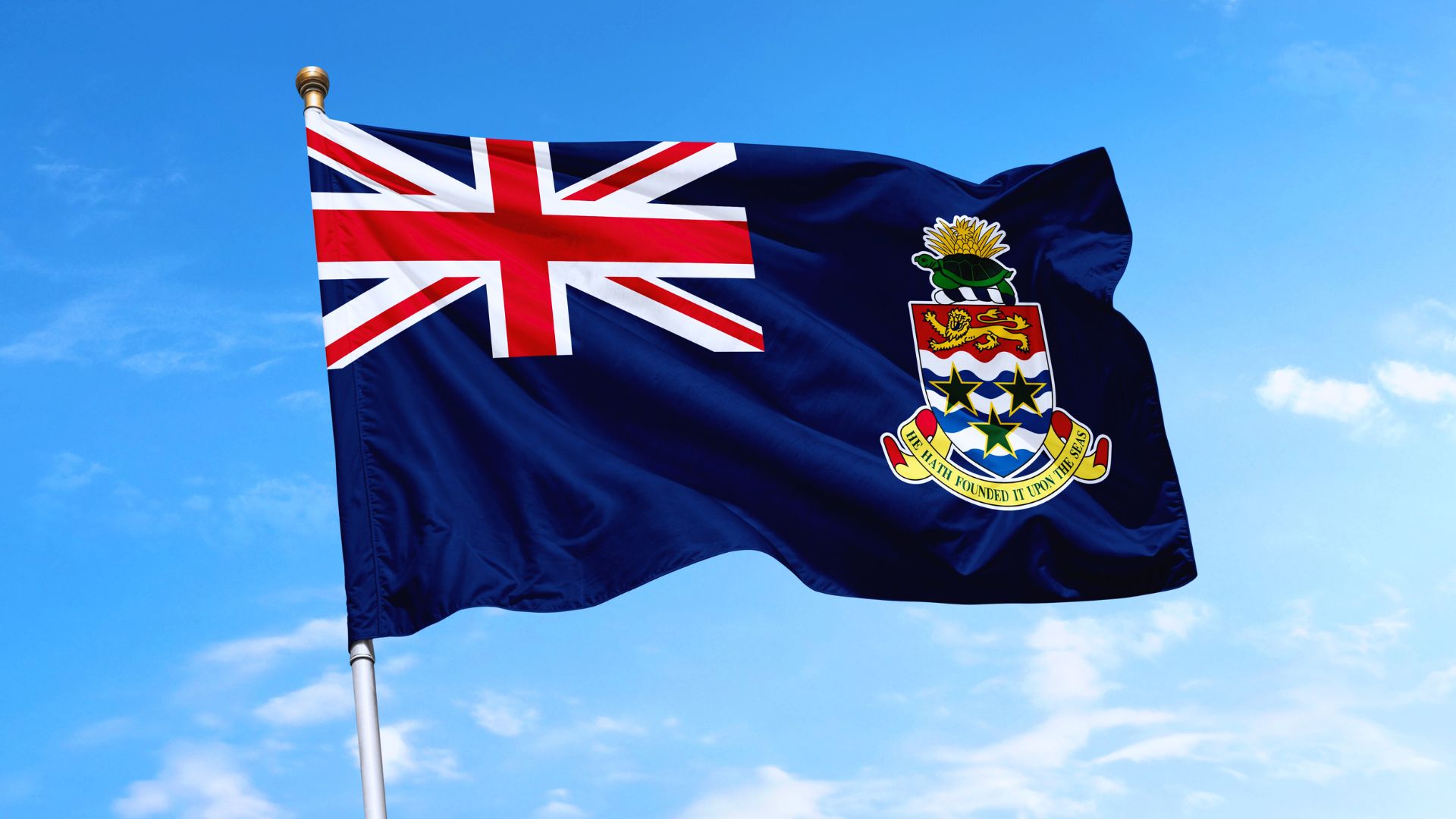The music of legendary reggae artist, Bob Marley, affected the lives of people around the world and now the house in west London he shared with the Wailers in 1977 is getting its own recognition. An English Heritage blue plaque was recently installed at 42 Oakley Street in Chelsea where Marley recorded his famous “Exodus” album.
The honor is one of the few ever given to a black artist. Only four percent of the more than 900 blue plaques issued throughout London have been bestowed on behalf of blacks and Asians. Rastafarian poet and writer, Benjamin Zephaniah, performed the unveiling honors. Blue plaque panel member, broadcaster and historian, David Olusoga, introduced the honor.
The commemorative plaques recognize the contributions of outstanding individuals while connecting them with the places they inhabited. Thought to be the oldest such honor in the world, blue plaques are now under the auspices of English Heritage and were founded in 1866.
To be eligible for a blue plaque, there must be proof that the person of distinction actually lived in a specific place and they must have been deceased for at least 20 years. Various types of verifications are accepted.
Marley had long been rumored to have lived in the home on Oakley Street, but it couldn’t be proven since he wasn’t listed on voter rolls or in phone directories. The actual proof of his residency came about due to a 1977 court record in which he faced charges on marijuana possession.
https://www.youtube.com/watch?v=AdbhM9ebgqc
He and the Wailers lived in London for two years where they completed the “Exodus” album, along with its follow up, “Kaya.” During his time in London, Marley and the band could often be found playing football at Battersea Park nearby. Two other blue plaques in Marley’s honor are located in London. One is located at a house in Neasden in northwest London and the other is at Flat 34 Ridgmount Gardens.
Photo source: Youtube






